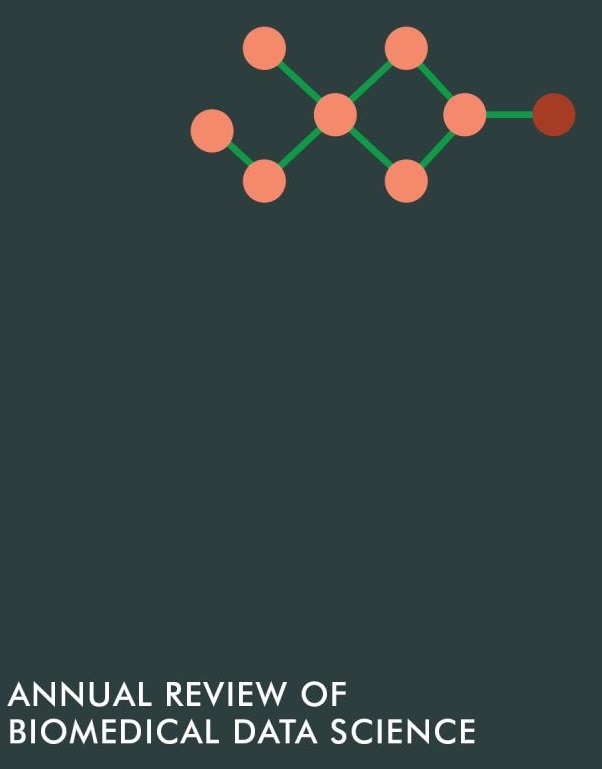生物医学数据的可视化
IF 7
Q1 MATHEMATICAL & COMPUTATIONAL BIOLOGY
Annual Review of Biomedical Data Science
Pub Date : 2018-07-20
DOI:10.1146/ANNUREV-BIODATASCI-080917-013424
引用次数: 63
摘要
生物医学数据的数量和复杂性的迅速增加要求在研究、交流和临床实践方面做出改变。这包括学习如何有效地将自动化分析与清晰表达复杂现象的高数据密度可视化相集成。在这篇综述中,我们总结了数据可视化研究的关键原则和资源,以帮助解决这一困难的挑战。然后,我们调查了可视化在新兴生物医学研究领域的应用情况,包括三维基因组学、单细胞RNA测序(RNA-seq)、蛋白质结构领域、磷蛋白质组学、增强现实辅助手术和宏基因组学。虽然特定的研究领域需要高度定制的可视化,但有一些共同的挑战可以用一般的方法和策略来解决。然而,同样常见的是糟糕的可视化实践。我们概述了正在进行的旨在通过更好的工具、点对点学习以及与计算机科学家、科学传播者和平面设计师的跨学科合作来改善生物医学研究中可视化实践的举措。这些变化正在彻底改变我们看待和思考数据的方式。本文章由计算机程序翻译,如有差异,请以英文原文为准。
Visualization of Biomedical Data
The rapid increase in volume and complexity of biomedical data requires changes in research, communication, and clinical practices. This includes learning how to effectively integrate automated analysis with high–data density visualizations that clearly express complex phenomena. In this review, we summarize key principles and resources from data visualization research that help address this difficult challenge. We then survey how visualization is being used in a selection of emerging biomedical research areas, including three-dimensional genomics, single-cell RNA sequencing (RNA-seq), the protein structure universe, phosphoproteomics, augmented reality–assisted surgery, and metagenomics. While specific research areas need highly tailored visualizations, there are common challenges that can be addressed with general methods and strategies. Also common, however, are poor visualization practices. We outline ongoing initiatives aimed at improving visualization practices in biomedical research via better tools, peer-to-peer learning, and interdisciplinary collaboration with computer scientists, science communicators, and graphic designers. These changes are revolutionizing how we see and think about our data.
求助全文
通过发布文献求助,成功后即可免费获取论文全文。
去求助
来源期刊
CiteScore
11.10
自引率
1.70%
发文量
0
期刊介绍:
The Annual Review of Biomedical Data Science provides comprehensive expert reviews in biomedical data science, focusing on advanced methods to store, retrieve, analyze, and organize biomedical data and knowledge. The scope of the journal encompasses informatics, computational, artificial intelligence (AI), and statistical approaches to biomedical data, including the sub-fields of bioinformatics, computational biology, biomedical informatics, clinical and clinical research informatics, biostatistics, and imaging informatics. The mission of the journal is to identify both emerging and established areas of biomedical data science, and the leaders in these fields.

 求助内容:
求助内容: 应助结果提醒方式:
应助结果提醒方式:


